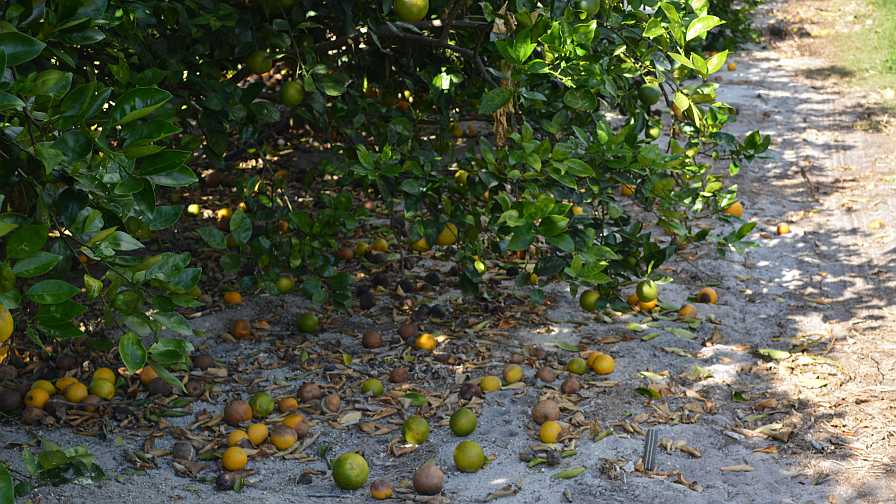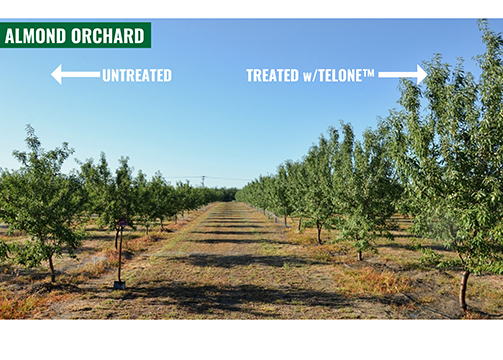When it Comes to Agriculture, Count on Change

Adapting to evolving agriculture industry trends is a full-time job. Challenges with disease and destructive weather have impacted Florida’s signature crop in recent times, further altering the face of farming in the state. Photo by Frank Giles
As we prepared the latest issue of Florida Grower magazine, it gave rise to reflections on the massive amount of change occurring in our agriculture industry and those that will be happening in the near future. There is little doubt this change is being felt most acutely by our citrus growers as HLB continues to ravage the industry. Add that to the devastation of Hurricane Irma, and these changes are historic and troubling.
The storm and disease were the main topics of discussion during our recent Florida Citrus Show in Ft. Pierce. A number a statistics presented at the show illustrate how in only a decade HLB has radically altered the state’s signature crop.
One stat shared by Dr. Ariel Singerman, a Citrus Economist for UF/IFAS, focused on the number of citrus growers in the Indian River region. In 2002, the number of growers in the area totaled 856. By 2007, the number fell to 593, and by 2012, it dropped to 379. The 2012 stat is the latest official number we have, but Singerman said it would be fair to reason that number has dropped even further since then.
The Indian River area is famous for its grapefruit (the world’s finest), and it has been hit particularly hard by HLB. Nate Jameson, owner of Brite Leaf Citrus Nursery, shared a statistic in his nursery inventory update during the show that illustrates the changes we are seeing in the grapefruit sector.
“Ladies and gentlemen, we are over here in the Indian River, one of the best grapefruit growing regions in the world,” Jameson said during his presentation. “Look at the total propagations of grapefruit last year at 51,768. If there is any number I show you today that HLB and canker are impacting this industry, this is the number. In 10 years, we have gone from propagating a quarter million grapefruit trees a year to just more than 50,000 trees per year. We almost propagated more Navels than grapefruit. That has never happened in the history of this state.”
Despite the challenges, growers attending the show seemed more determined than ever to recover and rebuild. Some of the best-attended sessions were those focused on new varieties and rootstocks as growers look to change up their plantings to those that show improved tolerance to HLB.
And, growers always are looking for alternative crops that might be an option in Florida. Pongamia could be such a crop and can drop in on old citrus ground pushed too far by HLB. Hops also are gaining steam, driven by the popularity of microbreweries and demand for local product.
Finally, a much bigger societal change is unfolding in front us right now. It is how we shop for everyday household goods, including fresh fruit and vegetables. The rise of online retail purchases is rapidly advancing and should present opportunities for growers of quality produce. The March issue cover story touches on this trend. We are in uncharted territory as this trend develops, so there is more to learn and report about online sales of fruit and vegetables. We are committed to helping you learn how to take advantage of this trend. Stay tuned for more updates from us on this emerging sector.
No question, we live in times of great change. But haven’t we always? Like in the past, we will adapt, evolve, and succeed.










